Paris is famous for many attractions, including the Eiffel Tower, the Louvre Museum, and Notre-Dame Cathedral. However, another side to the city is less well-known but equally fascinating. Paris Underground, a network of catacombs, crypts, canals, marble quarries, and sewer systems, offers a unique glimpse into the city’s past. In this post, you can learn more about these hidden treasures.
Table of Contents
About the Underground Paris
Beneath the bustling surface of Paris lies a lesser-explored world, which remains overshadowed by the city’s more iconic landmarks. Despite its relatively lower recognition, Underground Paris offers a captivating and worthwhile experience for those seeking a different perspective on this beloved destination. For seasoned visitors to the City of Light, this subterranean journey unveils a novel side of Paris, introducing you to places that often escape the notice of even the locals.
PLAN YOUR TRIP TO PARIS
Save money in Paris with the Paris City Card or the Paris Museum and Experiences Pass. Get free entry to major museums, climb the Eiffel Tower, and enjoy a Seine cruise and tourist bus.
To stay connected in France, remember to buy an Airalo eSim online, with data and phone coverage for your trip to Paris.
Among the intriguing sites are the haunting Catacombs of Paris, the subterranean marvels of the Museum of Sewers, the ancient Limestone Quarries, the hidden Archaeological Crypt beneath Notre Dame, and the mysterious Ghost Metro Stations. For those seeking a unique adventure, exploring the city’s waterways with Underground Canal Boat Tours adds another layer to this underground odyssey.
Before continuing, it’s essential to note that most underground visits involve navigating stairs and narrow passages, rendering them unsuitable for prams, pushchairs or individuals with mobility challenges. Before embarking on these underground explorations, it’s advisable to check the specific regulations for guided tours, as some locations may have restrictions on bringing pushchairs, requiring visitors to either leave them at the entrance or choose alternative arrangements.
Catacombs of Paris
The Catacombs of Paris are a labyrinth of underground tunnels more than 200 kilometres long carved out of ancient limestone quarries used in the construction of the city. The catacombs house over six million skeletons moved there from overcrowded city cemeteries in the 19th century.
The Catacombs are open to the public since 1809. Today, you can visit them with an audio guide or a guided French or English tour that tells the French capital’s underground history.
During the tour, you can see the rows of bones and skeletons arranged along the tunnels dug into the ancient limestone quarries used to construct Paris. Some galleries in the Catacombs have inscriptions and stone carvings, which provide an interesting perspective on the city’s history and the lives of Parisians of the past.
To visit the Catacombs, I advise buying tickets in advance as places are limited and you may not find a seat, especially during peak season. The Catacombs of Paris are open every day except Mondays and national holidays. Still, opening hours vary depending on the time of year.
Catacombes de Paris (Catacombs of Paris)
1 Av. du Colonel Henri Rol-Tanguy
75014 Paris
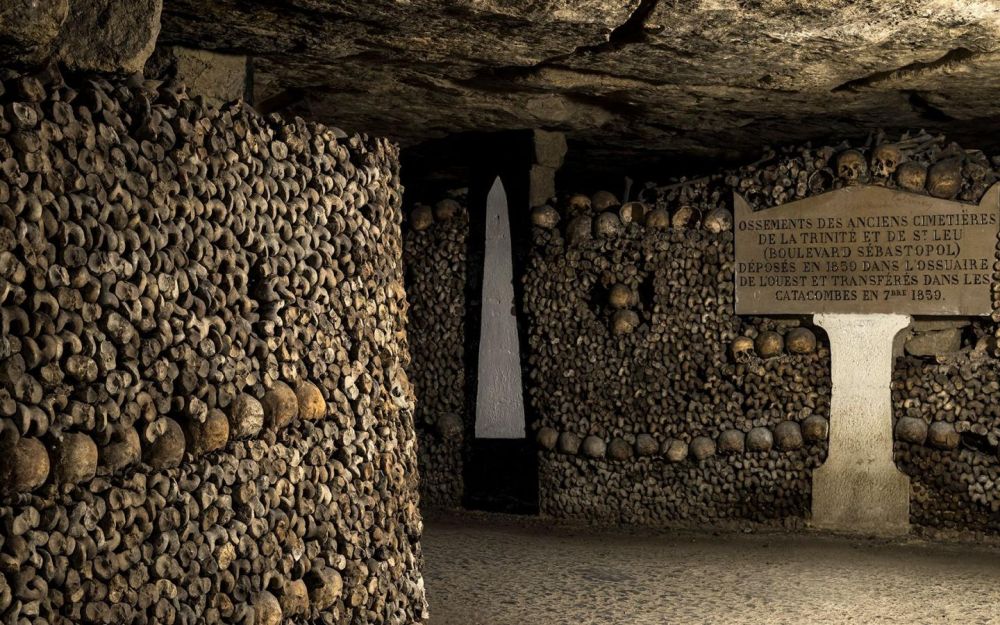
Paris Sewers Museum
Less well known than the Catacombs, the Paris Sewers Museum, as you can read in my post about it, is a stinking journey through the Paris sewage system. It explains how the city manages its sewage and aqueduct treatment plants.
The guided tour in French or English underground tells the story of the evolution of the city’s sewage systems over the centuries. It includes the entrance to the underground tunnels.
The Paris Sewers Museum is open every day except Mondays and national holidays. The sewers tour lasts about 45 minutes. The main attraction is a passage through a smelly underground tunnel from which you can see Parisian sewage flowing.
The museum is enjoyable for everyone but exciting especially for children who love the disgusting details of the tour and the walk through the Paris underground.
Musée des Égouts de Paris (Paris Sewers Museum )
Esplanade Habib Bourguiba, Pont de l’Alma
75007 Paris
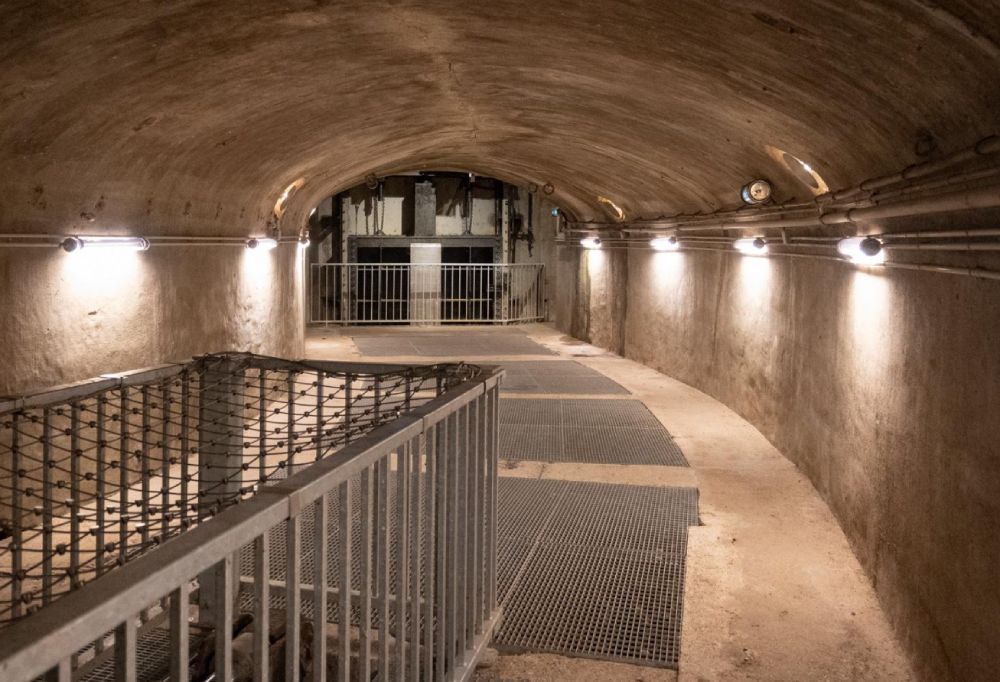
Paris Limestone Quarries
Beneath the city of Paris lie vast limestone deposits extracted in the past centuries to provide construction materials for the city’s buildings. These Paris Limestone Quarries are now unused and have become a network of underground tunnels running throughout the French capital. You can visit these tunnels during special events.
Only the SEDACCC association arranges guided tours of the Carrière des Capucins, located under the Cochin Hospital. If you are lucky enough to visit Paris during one of their tours, I suggest you book tickets in advance, as spots are limited and sell out quickly.
Carrière des Capucins – SEADACC (Capucins Quarry)
Hôpital Cochin
27 Rue du Faubourg Saint-Jacques
75014 Paris
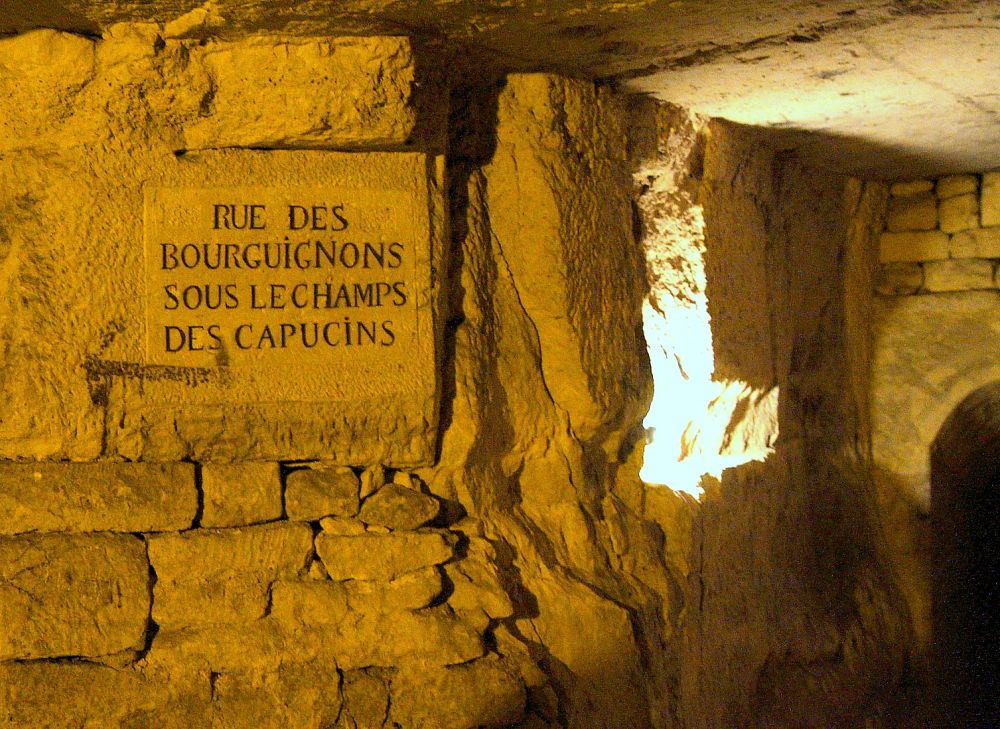
Archaeological Crypt below Notre-Dame
A visit to Notre-Dame Cathedral is a must-see in Paris. Although the Cathedral suffered extensive damage from a fire in 2019, it is now possible to visit the area in front of it and the underground Archaeological Crypt in the forecourt. Here, you can see the remains of Roman and medieval settlements.
At present, entry to Notre Dame Cathedral has yet to be possible. However, renovation work is progressing according to plan, with a reopening expected at the end of 2024 or 2025. The cathedral will be restored to its former glory with a replica of the roof designed by Eugène Viollet-le-Duc in the 19th century, including spires.
Today, guided tours about Notre Dame Cathedral’s history are available to explore the outside and the Archaeological Crypt on the esplanade. The Archaeological Crypt is a unique site where you can discover the foundations of Paris, starting with the first settlements on the Île de la Cité. The Crypt is open from Tuesday to Sunday, and you should pay an entrance fee if not included in the guided tours.
Crypte Archéologique du Parvis Notre-Dame (Archaeological Crypt of the Parvis Notre-Dame)
7, Parvis Notre-Dame Pl. Jean-Paul II
75004 Paris
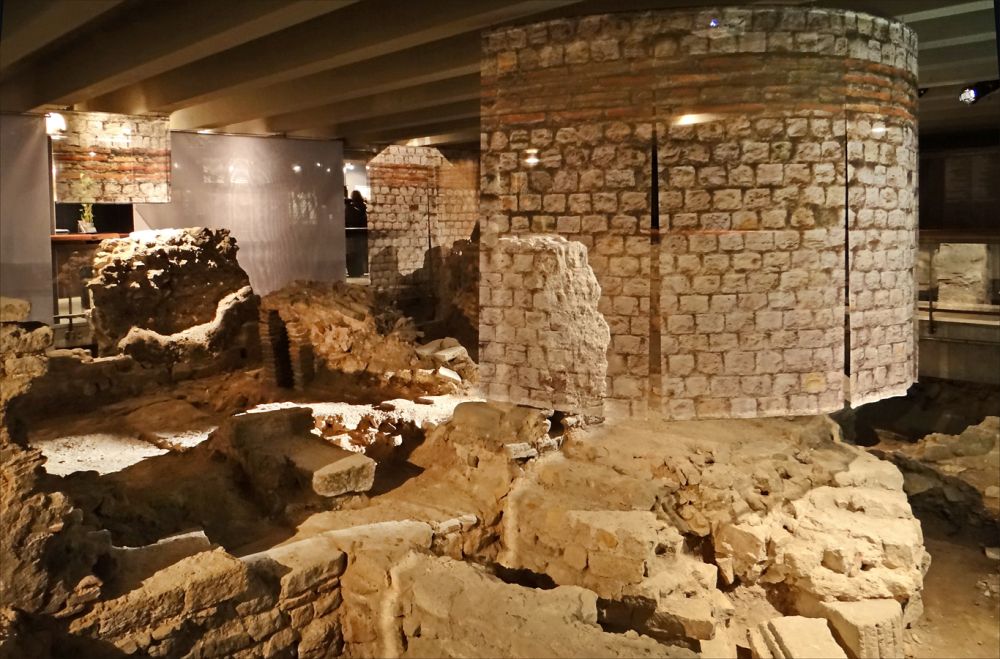
Ghost Metro Stations
The Paris Metro is a popular tourist attraction due to its Art Deco architecture and decoration adorning the stations. It opened in 1900, shortly after the London Underground, and is one of the world’s oldest and most extensive underground public transportation systems.
During the European Heritage Days, you can explore some unused metro stations used primarily as film sets today. Ghost stations are usually closed to the public except during special opening times, so don’t miss these events.
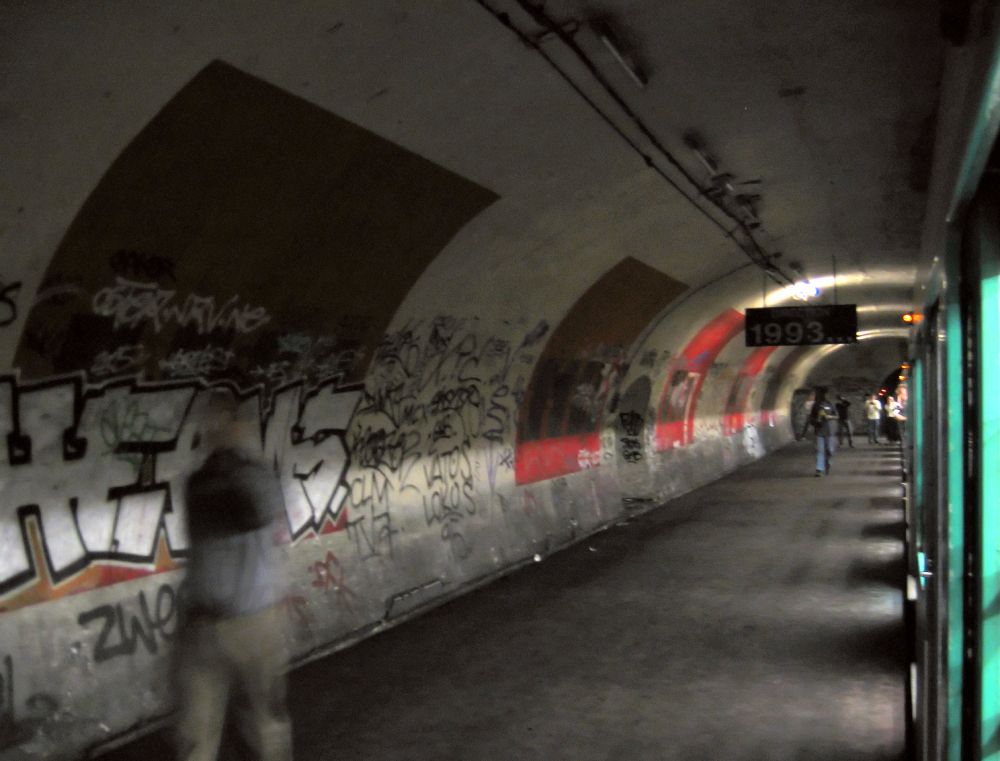
Canal Boat Tours
Among the various cruises on the Seine available in Paris, the one that includes the Canal Saint Martin goes through an underground canal. The route passes under Bastille Square. After passing through the underground vault, goes up the Canal Saint Martin lock system to the Bassin de la Villette.
Compared to the classic boat ride on the Seine on the Bateau-Mouche, the Canal Saint Martin cruise offers a more authentic view, with shops and restaurants overlooking the canal. Most of all, you’ll have the unique opportunity to cross an underground stretch. The cruise ends at the Parc de la Villette, where you can visit the City of Science and Industry.

Where to stay in Paris
Sleeping in Paris can be expensive, prompting you to consider staying outside the city centre. In such a case, before selecting a hotel, I suggest you read my article on the best and worst neighbourhoods to stay in Paris.
I’ve visited Paris on several occasions for leisure and work, and I recommend a few places I’m familiar with. If you’re looking for a unique stay, Hôtel de Joséphine Bonaparte, built inside a 17th-century convent and located in the Marais district, is an excellent choice.
To save money, opt for the more affordable Hotel Bloum, situated close to the Opera and decorated with customised furnishings. Alternatively, the Aparthotel Adagio Paris Montmartre offers contemporary, self-catering apartments, perfect for families looking for more space in their rooms.
Feel free to comment if you already know these attractions of the Paris Underground. Let me know which one you want to visit on your next trip to the French capital.
